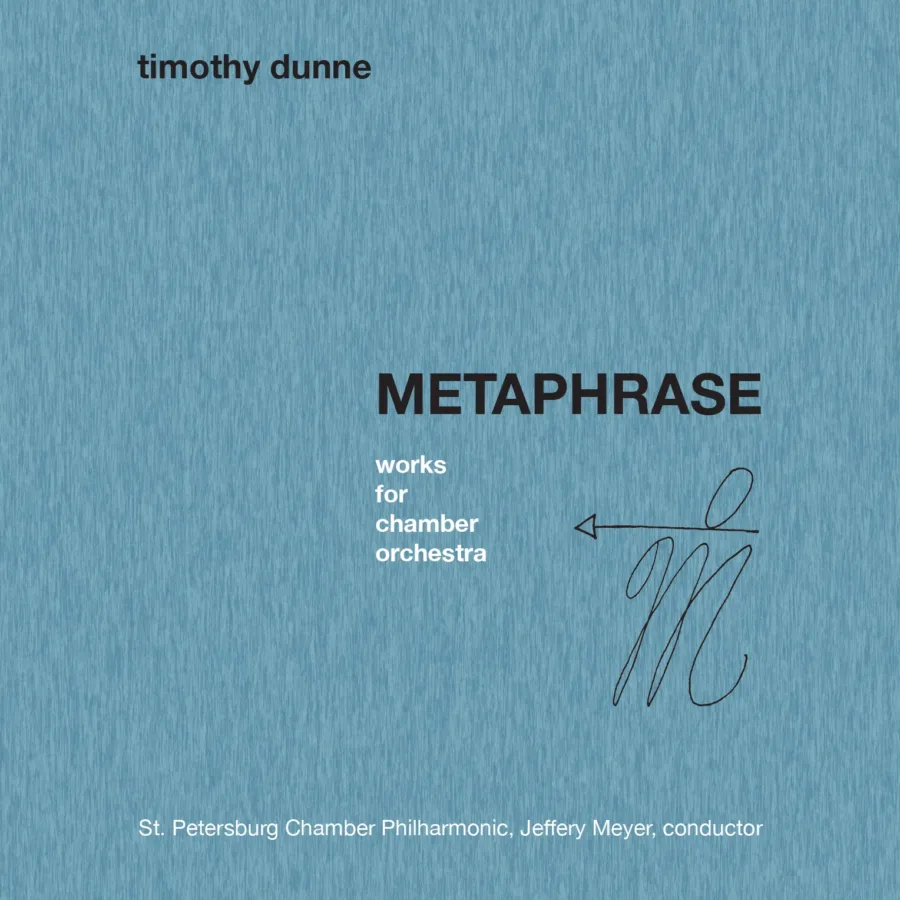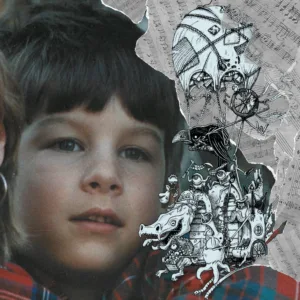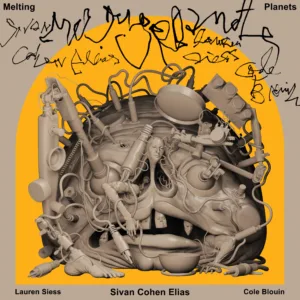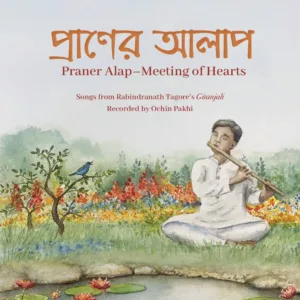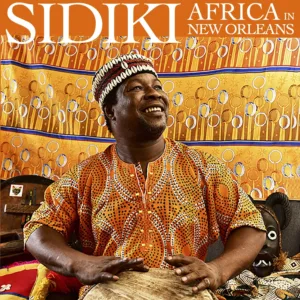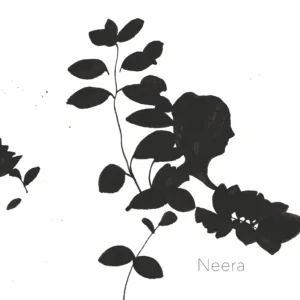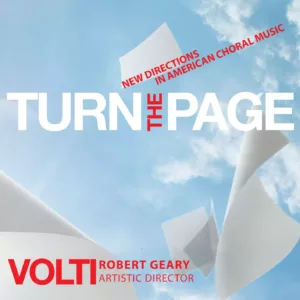If you’ve never been to St. Petersburg, Russia, it can be difficult to describe its particular strangeness; the slightly otherworldly quality captured so well by authors from Gogol to Dostoevsky to Colum McCann. When New York native Timothy Dunne went to Russia to study with Sergei Slonimsky at the State Conservatory of St. Petersburg, he found its “otherness” to be an ideal space in which to shift a career based on performance to one based on writing. There, he had to work through different musical, cultural and linguistic challenges, ultimately crafting works The New York Times would call “strikingly written.” His innova Recordings debut, Metaphrase, is a collection of those works.
The album’s title comes from the term for a creative chain reaction by which one artwork — literary, musical or otherwise — inspires a conscious re-telling or re-fashioning. This concept opens the album with Braid, a metaphrase on Dunne’s own Ribbon. It comes to the fore in Margarita Metaphrase, written in appreciation for Slonimsky and appropriating music from his 1972 chamber opera based on Mikhail Bulgakov’s novel, The Master and Margarita.
Throughout, Dunne’s works reveal a rich and turbulent creativity in search of a fresh, modernist grammar. Would the kind of fracturing, reassembling and exploration that he finds himself pursuing have been possible without the influence of St. Petersburg on Dunne’s work? The tricky thing is that eventually, the threads that make up something become so woven together as to be inextricable. Writing about these works, Nigel Osborne said Dunne’s compositions constitute “a field of complete originality where atonality meets the ghosts of tonality, and figure meets ground in a wild and open space.”
